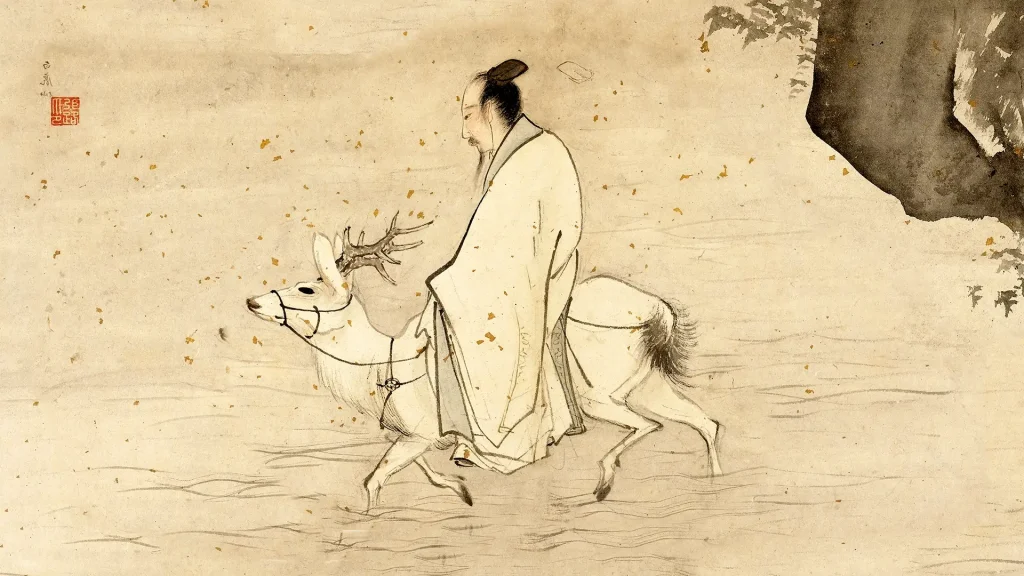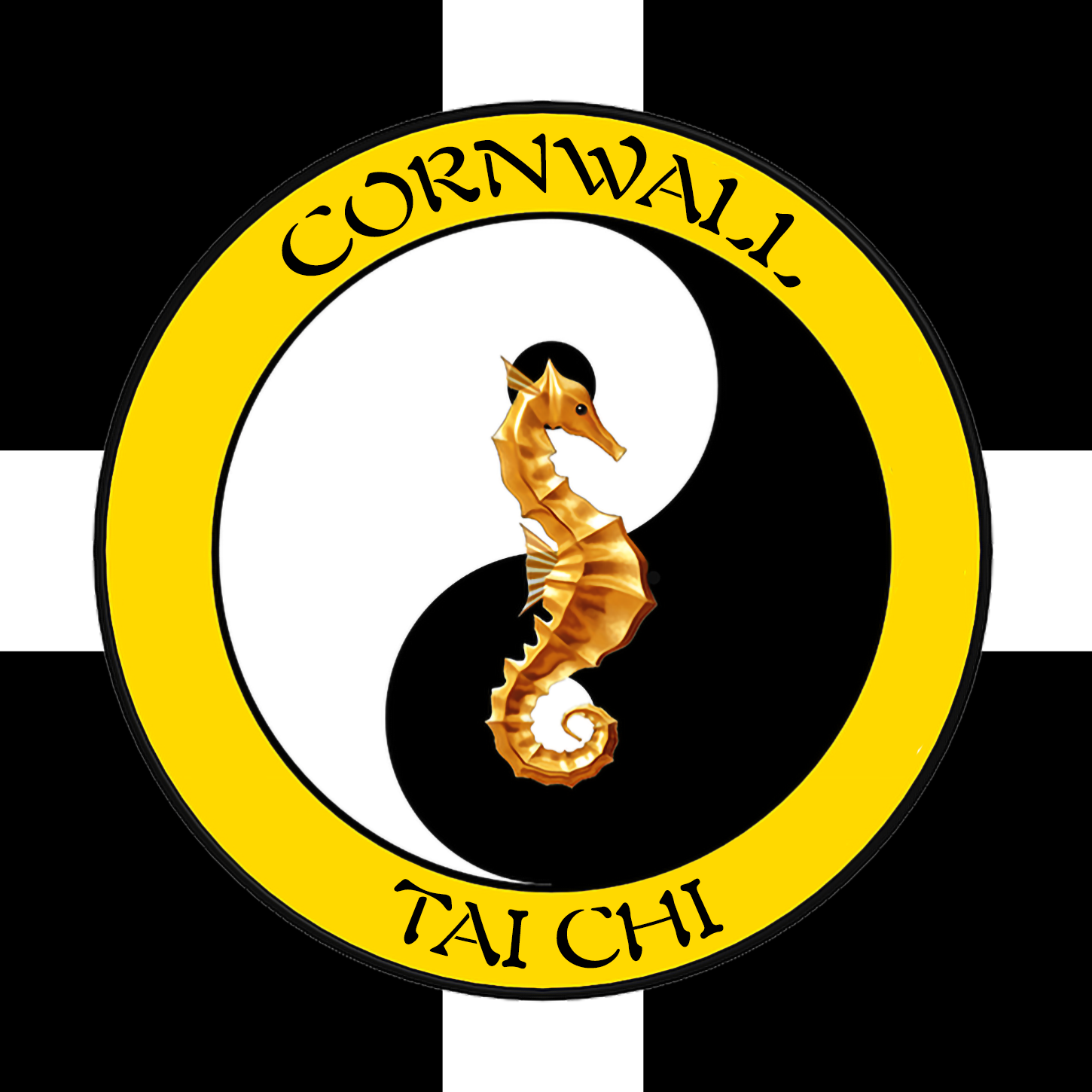
Taoism is a rich and ancient tradition that has influenced many aspects of Chinese culture, including martial arts such as Tai Chi. One aspect of Taoism that is particularly fascinating is the idea of the Taoist Immortals. In this blog post, we will explore the Taoist Immortals and how they relate to Taoist alchemy and Tai Chi.
The Taoist Immortals are legendary figures in Chinese mythology who are said to have achieved immortality through the practice of Taoist alchemy. These figures are often depicted as wise sages who possess magical powers and can live for hundreds or even thousands of years. In Taoist alchemy, the goal is to achieve immortality by cultivating the three treasures of Jing, Qi, and Shen, which we discussed in our previous blog post. The Taoist Immortals are seen as symbols of this achievement and are revered as spiritual beings who have transcended the limitations of the physical world.
The stories of the Taoist Immortals are often filled with fantastical elements, such as magical potions, flying on clouds, and transforming into animals. However, these stories also contain deeper meanings that relate to the principles of Taoism and the practice of Tai Chi. For example, the Immortal Lü Dongbin is often depicted as a wise teacher who helps others on their spiritual journeys. This is similar to the role of Tai Chi instructors, who guide their students towards greater health, well-being, and spiritual growth.
Another example is the Immortal Zhang Sanfeng, who is said to have invented Tai Chi after observing a fight between a snake and a crane. While the historical accuracy of this story is debatable, it reflects the Taoist principle of using softness to overcome hardness. This principle is central to Tai Chi, which emphasizes using gentle, flowing movements to develop strength, flexibility, and balance.
In Taoist alchemy, the goal is to transform the physical body into a spiritual vessel that can carry the immortal soul. This process involves purifying the body and mind through the cultivation of the three treasures. According to Taoist philosophy, the body and mind are connected, and by purifying the body, we can also purify the mind. This is why Tai Chi is often described as a moving meditation, as it helps to quiet the mind and cultivate inner peace.
The practice of Tai Chi also involves working with the body’s energy, or Qi. In Taoist alchemy, Qi is seen as a vital force that flows through all living things. By cultivating and directing this energy, we can improve our health and well-being, as well as develop greater spiritual awareness. This is why Tai Chi emphasizes deep, relaxed breathing and slow, controlled movements that help to open up the body’s energy channels.
The Taoist Immortals are often associated with specific elements or symbols, such as the dragon, the phoenix, or the peach of immortality. These symbols represent different aspects of Taoist alchemy, such as transformation, rebirth, and longevity. Similarly, in Tai Chi, different movements and postures are associated with specific elements or animals, such as the dragon, the tiger, or the snake. These associations reflect the deeper connections between Taoist philosophy, Tai Chi, and the natural world.
In conclusion, the Taoist Immortals are an important part of Chinese mythology and represent the ideal of achieving immortality through the cultivation of the three treasures of Jing, Qi, and Shen. While the stories of the Immortals are filled with fantastical elements, they also contain deeper meanings that relate to the principles of Taoism and the practice of Tai Chi. By practicing Tai Chi and cultivating the three treasures, we can develop greater health, well-being, and spiritual growth, and become more like the Taoist Immortals in our

